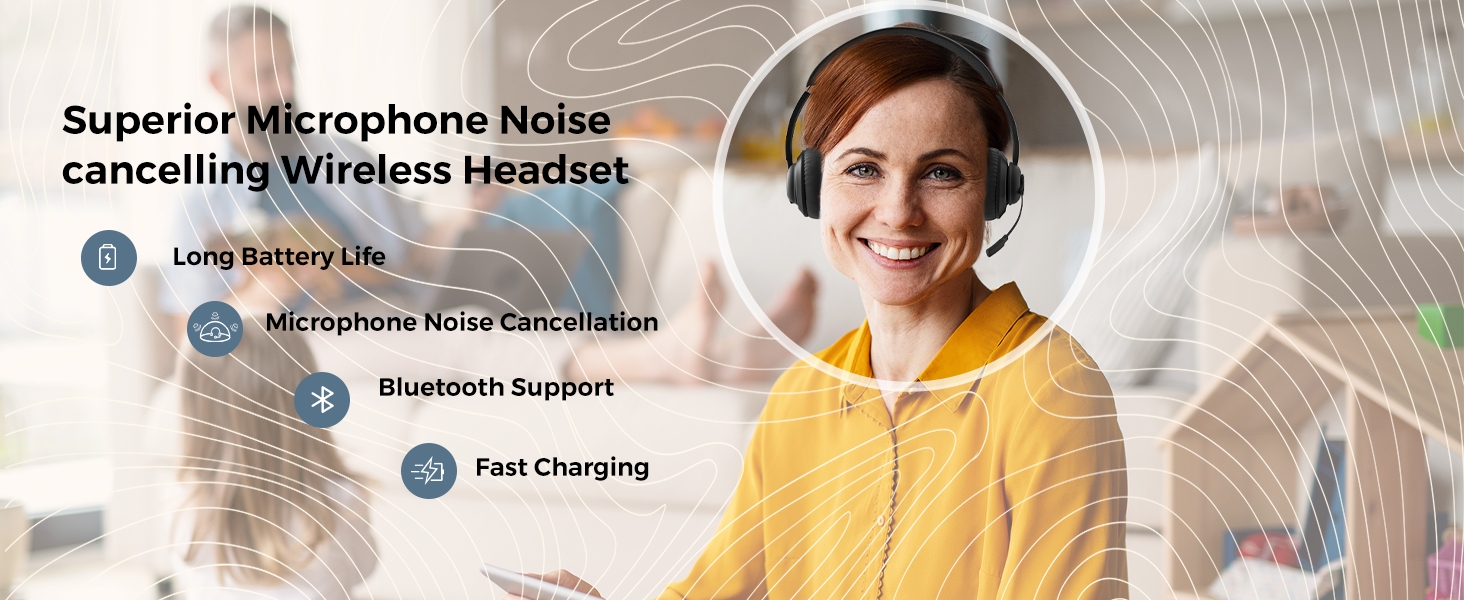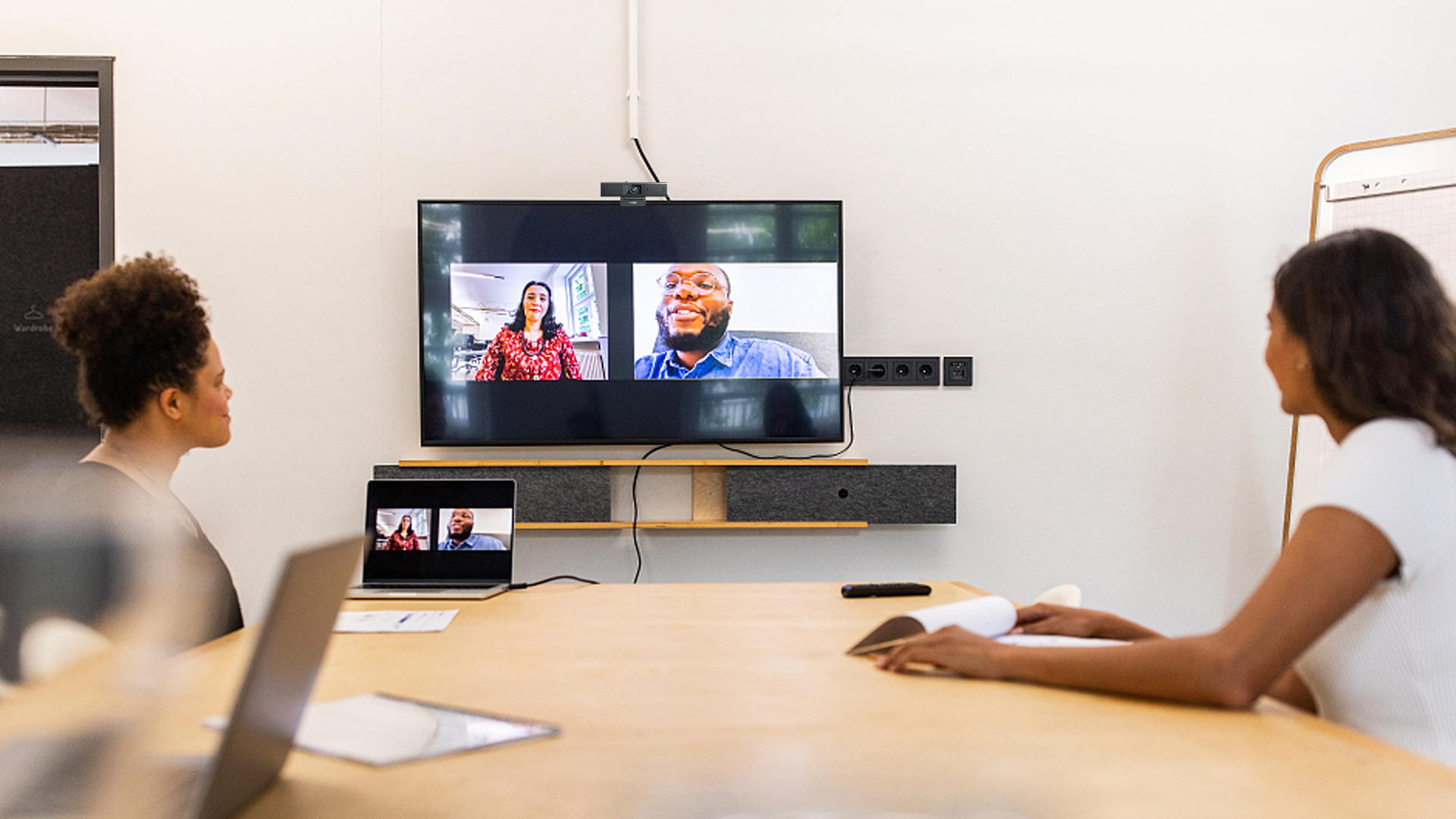Best Wireless Headset for Telehealth: To Improve the Quality of Virtual Doctor Visits
Today, more than ever, healthcare is moving beyond the traditional exam room. A virtual visit, also known as an online doctor visit, has quickly become a standard part of modern care. For patients and providers alike, telehealth offers convenience, accessibility, and flexibility.
But behind every successful telehealth session is one key element often overlooked: audio clarity. When a doctor can’t hear the patient—or the patient struggles to hear—communication breaks down, and trust erodes. In this article, we’ll explore how the right USB or smart headset can make all the difference in telehealth settings—and why the Coolpo Ignite Smart Headset stands out as a top choice.
What Is Telehealth and How It Started

The term telehealth broadly describes healthcare services delivered remotely via digital communication tools—telehealth video, chat, or remote monitoring. It is often used interchangeably (though somewhat loosely) with telemedicine video conferencing, which specifically refers to clinical care provided remotely (for instance, a virtual doctor consultation).
Historically, telehealth began as simple telephone check-ins and grew gradually as internet speeds and video platforms improved. But the COVID-19 pandemic accelerated the transformation: necessity forced providers and patients to adapt rapidly.
According to a recent survey, only 10% of Americans had used telehealth in June 2019; by April 2020 that number soared to 29%, and by August 2020 it reached 43%. Today, experts estimate that by 2026, 25-30% of all medical visits in the U.S. will be conducted via telemedicine. This shift underscores a new reality, maintaining the same level of care virtually requires the same or greater attention to communication tools.
Why Audio Quality Matters in Telehealth Video Appointments
In an in-person exam, a provider may rely on body language, visual cues, and immediate feedback. In a telehealth video appointment, those cues are reduced or absent—and so clear, uninterrupted audio becomes critical.
When a patient’s microphone cracks, the provider misses nuances. When background noise interrupts, the patient loses confidence. Poor audio can result in:
- Misheard symptoms or incomplete patient history
- Frustrated patients who feel misunderstood
- Extended calls, repeated sessions, or avoidance of telehealth
In 2023, telehealth visits in behavioral health made up 58% of all visits in that category, up from 47% in 202. This proves that remote care is here to stay, especially in fields where empathy and communication are vital.
A headset designed for telehealth isn’t just convenient—it’s essential to care quality.
How Smart Headsets Improve Telehealth Customer Service
Telehealth extends beyond doctors and nurses. Patient scheduling, follow-ups, billing, and medical call center operations all rely on clear communication. Telehealth call center services play a critical role in maintaining patient satisfaction and operational efficiency.
Here, smart headsets become essential tools for healthcare professionals, administrative staff, and remote call-center teams. These devices enhance productivity and reduce miscommunication through:
- AI-powered noise cancellation, ideal for busy environments
- Crisp voice pickup, ensuring clarity for both patients and providers
- Wireless and USB connectivity, supporting mobility and multitasking
Whether it’s front-line nurses or telehealth customer service teams, reliable communication technology ensures every patient interaction feels personal and professional.
The Role of Outsourcing in Telehealth Support
Many healthcare organizations now rely on telehealth outsourcing for services such as intake, customer support, remote billing, and virtual visit coordination.
According to recent data, the global telehealth market is projected to grow from about USD $123.3 billion in 2024 to $455.3 billion by 2030, with a CAGR of 24.7%. To keep pace with this growth, providers often choose to outsource telehealth services to specialized partners who handle high volumes of patient communications. Some even go further by outsourcing telehealth billing services to ensure compliance, efficiency, and accurate financial management.
Whether in-house or outsourced, communication consistency remains crucial and that starts with professional-grade headsets that deliver reliability, clarity, and comfort.
What to Look for in the Best USB Headphones for Telehealth

When choosing the best USB headphones for telehealth, it’s important to look for features designed specifically for professional communication environments:
- Crystal-Clear Microphone Clarity – Ensures accurate patient conversations.
- Noise-Cancelling Technology – ideal for busy hospitals or home offices.
- Plug-and-Play USB Connectivity – Compatible with major platforms and easy to set up.
- Smart Headset Features – AI voice enhancement, auto-mute, and busy indicators.
- Comfort and Long Battery Life – Supports long virtual consultations.
- Platform Compatibility – Seamless use with video conferencing for telehealth, such as Zoom, Teams, or MyChart
“The right headset doesn’t just help you hear—it helps you heal.”
Top Headsets for Telehealth Professionals in 2025
Here are some of the headsets on the market and why the Coolpo Ignite leads to telehealth:
Coolpo Ignite Smart Headset: Designed for Telehealth Excellence
While those headsets are built for general office use, the Coolpo Ignite Smart Headset is engineered for telehealth, virtual visits, and online doctor consultations:
- AI mic noise cancellation tuned for clinical clarity.
- USB and Bluetooth wireless flexibility for hybrid setups.
- Lightweight comfort ideal for extended shifts.
- Long battery life for continues use all thrughout the day
Smart features tailored for telehealth customer service and medical call center use.
Unlike standard office headsets, Coolpo Ignite was created to serve healthcare professionals—ensuring precision, comfort, and clarity where it matters most.
Other Trusted Headsets
Jabra Evolve2 65 – Great for multitasking and noise control in open offices.
Logitech Zone Wireless – Reliable wireless option with clear sound.
Poly Voyager Focus 2 – Lightweight and comfortable for long hours.
All of these options perform well in video conferencing for telehealth, helping professionals maintain strong communication across sessions.
Best Practices for Telehealth Video Conferencing
To get the best experience from your telemedicine video conferencing sessions:
- Test your headset and mic before each session.
- Choose a quiet, well-lit space—good visuals complement good audio.
- Use wired (USB) for stability or wireless for mobility.
- Maintain an empathetic, professional tone; your voice is the bridge to patient comfort.
- Keep headsets clean and comfortable, especially in shared clinical setups.
Conclusion: Building Better Care Through Clearer Communication
Telehealth has redefined healthcare delivery. Whether it’s a behavioral health session, patient check-in, or outsourced telehealth support, clarity is at the core of every successful encounter. With the right smart headset you’re not just improving communication, you’re strengthening patient trust and comfort.
Bring clarity, confidence, and compassion to every online doctor visit with the Coolpo Ignite Smart Headset, built for professionals who care deeply about connection.
Get yours here!
Recent blogs
Return to Office 2.0: Remote Work Is Evolving, But So Are the Distractions





%20(1).jpg)

.jpg)


